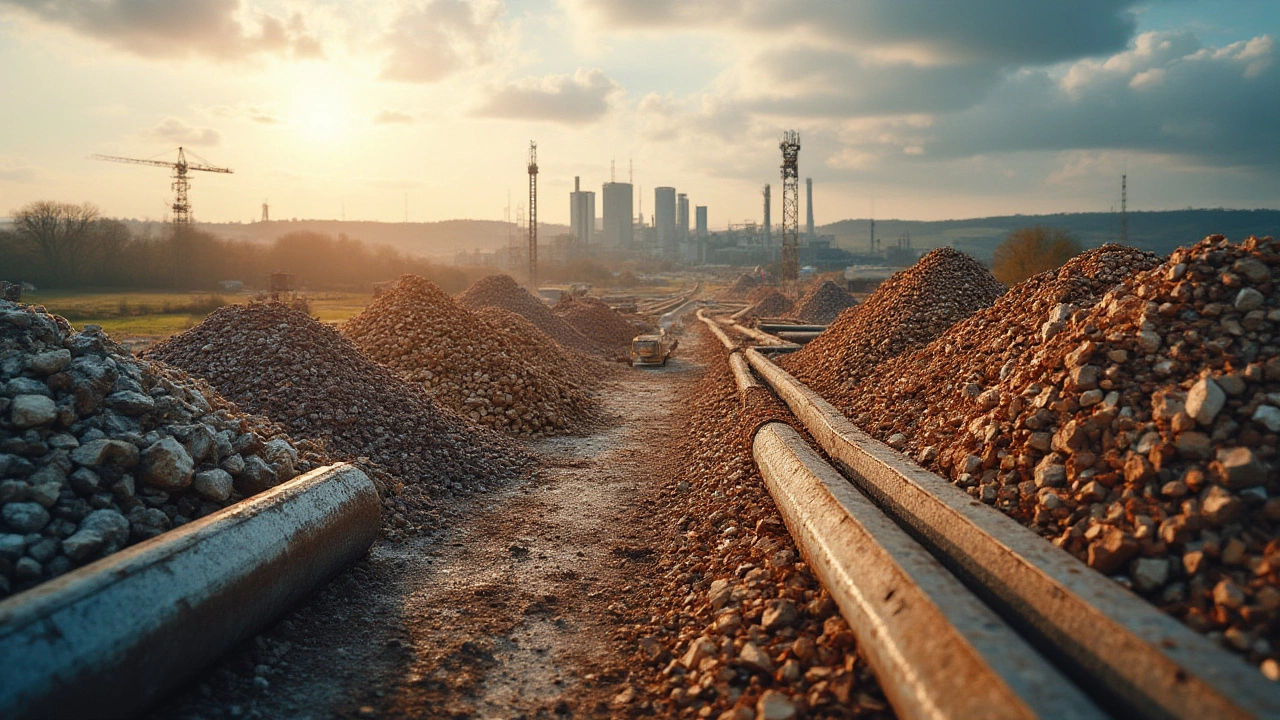Manufacturing Essentials Every Construction Project Should Know
When you start a build, the first thing you need isn’t a fancy design software – it’s a solid grasp of the manufacturing basics that keep things moving. Think of it as the backbone of every steel frame, concrete slab, and prefabricated wall. Get these essentials right and you’ll cut waste, stay on schedule, and avoid the usual headaches.
1. Planning the Production Flow
Before any material hits the site, map out how it will be made, stored, and delivered. A simple flow chart that shows raw material intake, cutting, assembly, and dispatch does wonders. It lets you spot bottlenecks early – like a pipe‑fabrication line that can’t keep up with the demand for fittings. Adjusting the sequence or adding a shift can save days of downtime.
Tip: Use a whiteboard on the job‑site office. Sketch the steps, add sticky notes for each crew, and move them around as plans change. It’s cheap, visual, and keeps everyone on the same page.
2. Choosing the Right Materials and Methods
Not all materials are created equal for a given project. For a residential build, lightweight timber panels often beat heavy concrete blocks in speed and cost. But for a commercial warehouse, you’ll need the strength of steel columns and the fire rating of gypsum board. Evaluate each material against three criteria – cost, availability, and performance – and pick the one that scores best for your specific site.
Don’t forget prefabrication. Modern factories can cut walls, roof trusses, and even bathroom pods to exact specs. Shipping them to the site cuts on‑site labor and reduces error. The trade‑off is handling logistics, so partner with a transport firm that knows construction loads.
Quick win: Start with a small prefabricated component, like a stair flight, and watch how much time you save. Then expand the approach to larger sections.
3. Quality Control at Every Stage
Quality isn’t a checkpoint; it’s a habit. Assign a quality lead who checks dimensions, welds, and finishes right after each production step. A 2‑inch gap in a concrete beam can become a costly rework later. Simple tools like a laser level or a pocket caliper catch issues on the spot.
Document everything. A quick photo of a completed prefab panel with a timestamp builds a paper trail. If the client asks for proof, you’ve got it without digging through piles of paperwork.
4. Efficient Site Logistics
Even the best‑manufactured components can sit idle if the site layout is chaotic. Plan clear zones for delivery, storage, and assembly. Keep high‑traffic pathways wide enough for trucks and avoid crossing over work zones – safety and speed improve dramatically.
Use modular racks or stackable containers for material storage. They protect items from weather and make inventory checks a breeze. Rotate stock so the oldest items go out first, preventing material degradation.
5. Workforce Training and Communication
Your crew needs to understand the why behind each manufacturing step. Hold a short briefing before a new prefabricated element arrives. Explain how it fits into the overall structure, highlight critical connection points, and answer questions.
Keep communication lines open with daily stand‑ups. A 10‑minute huddle lets the site manager, the prefab supplier, and the quality lead sync up, catching mismatches before they turn into costly delays.
By mastering these five manufacturing essentials – flow planning, material selection, quality control, site logistics, and workforce communication – you turn a complex build into a predictable, smoother process. Apply them to your next project and watch timelines tighten, budgets stay on track, and the final build feel like it just clicked together.

